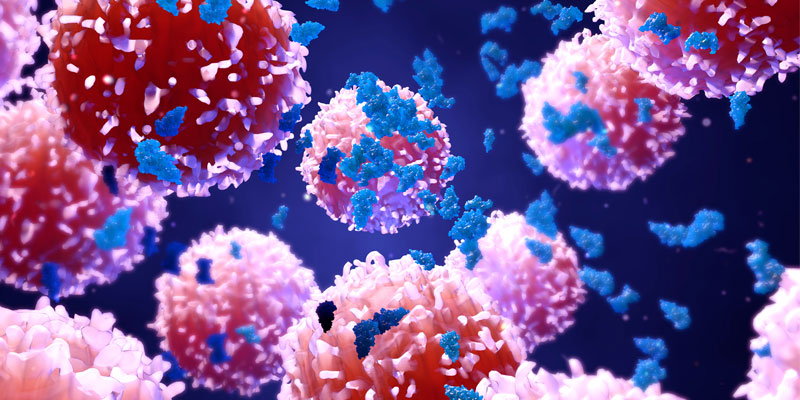Predicting Infectious Complications of Neutropenic sepsis in Children with Cancer
-
Case study
- Health and Wellbeing
Our research has greatly improved quality of care for children being treated for cancer and the impact of our work is being felt around the world.

The issue
Cancer in children and young people is fortunately rare, and survival rates have improved beyond 80 per cent with the use of aggressive chemotherapy, surgery and radiotherapy.
But the cancer therapies used suppress children’s immune systems, making them open to life-threatening infections. This is known as ‘febrile neutropenia’ (FN). FN has been managed in a standardised way, with admission to hospital and delivery of intravenous antibiotics for seven days.
Most children had a chest x-ray on arrival, and even if no infection was found, antibiotics were still used. We identified the need to develop a simple system to work out which children are least likely to develop severe infections and then allow these children to leave hospital more quickly or be treated less aggressively.
This was the aim of PICNICC (Predicting Infectious Complications of Neutropenic sepsis In Children with Cancer) an international collaboration involving clinical and methodological experts, parent representatives and healthcare researchers.
The research
Our research to develop a risk prediction model was funded by the National Institute for Health Research (NIHR), Medical Research Council (MRC) and the Yorkshire Candlelighters Children's Cancer charity.
Together with our collaborators from around the world we carried out a series of systematic reviews in which we identified previous studies which had looked at the way febrile neutropenia was managed in children and young people, assessed their quality, and synthesised their findings using statistical methods.
This showed where we had clear answers which dictated a change in how febrile neutropenia was managed and where the answers weren't clear and further research was needed.
The outcome
We now understand who needs to stay in hospital for longer and shorter durations of time, the types of tests that might be helpful, and the amount of antibiotics required. These findings have been incorporated into national and international guidelines on how to manage febrile neutropenia.
UK guidelines have been taken up enthusiastically with repeated audits of practice in children's cancer centres showing an increase from 1/3 to 3/4 of units using a risk-based approach to treatment, which means: fewer children needing two different types of antibiotics, the average time in hospital has been reduced to three days and children are no longer sent for unnecessary chest x-rays.
In North America and Australia international guidelines incorporating our findings have been routinely adopted. For example, in the Children's Cancer Centre in Melbourne over 200 nights in hospital were saved in the first 18 months after the guidelines were implemented and all units in Australia are now adopting the same practice.

Bob Phillips
Dr Phillips is a Senior Lecturer at CRD and HYMS. His main areas of work are in the development of individual participant data (IPD) meta-analysis, supportive care management, and the development of skills in appraisal and translation of clinical research in practice.
